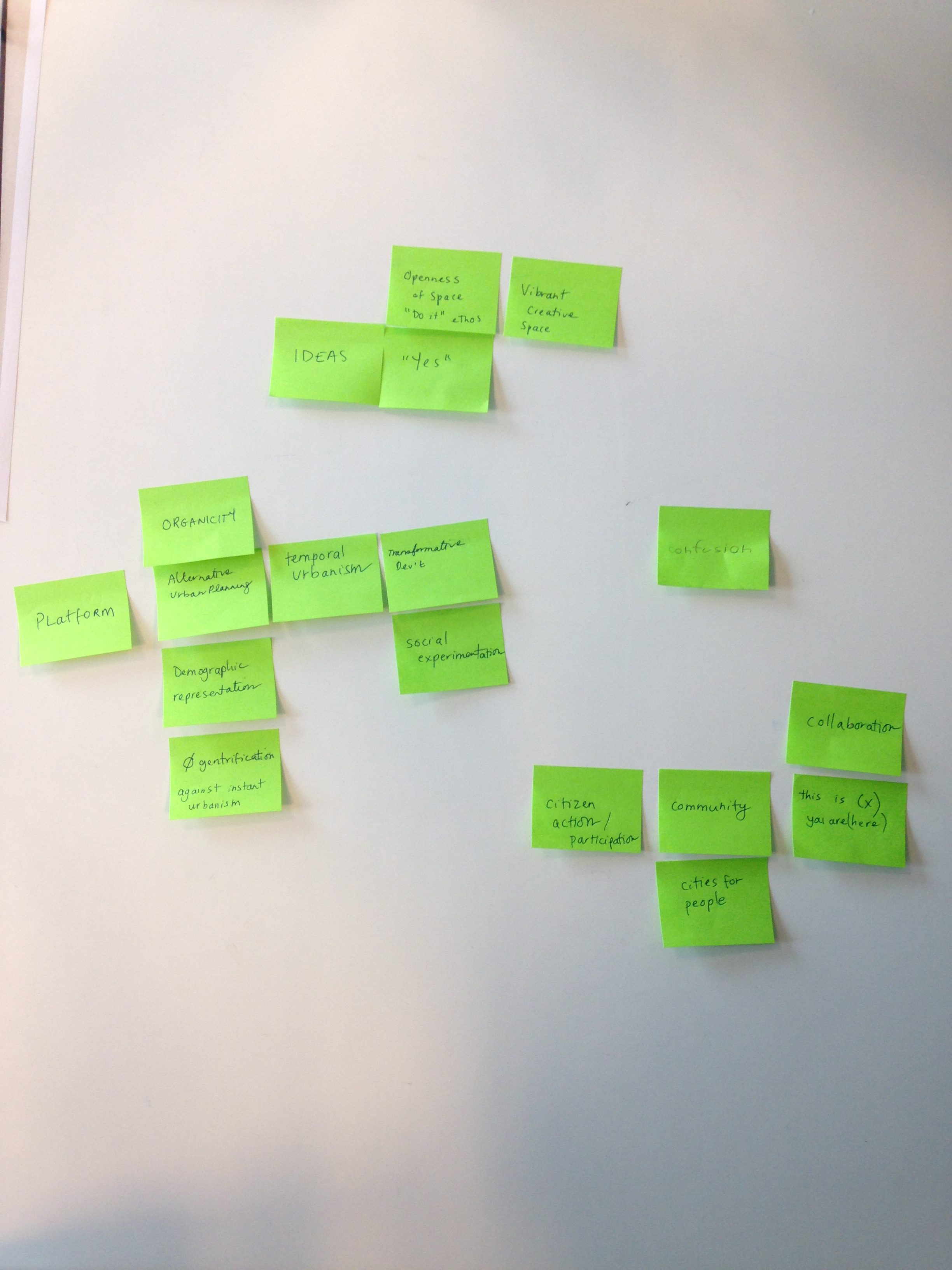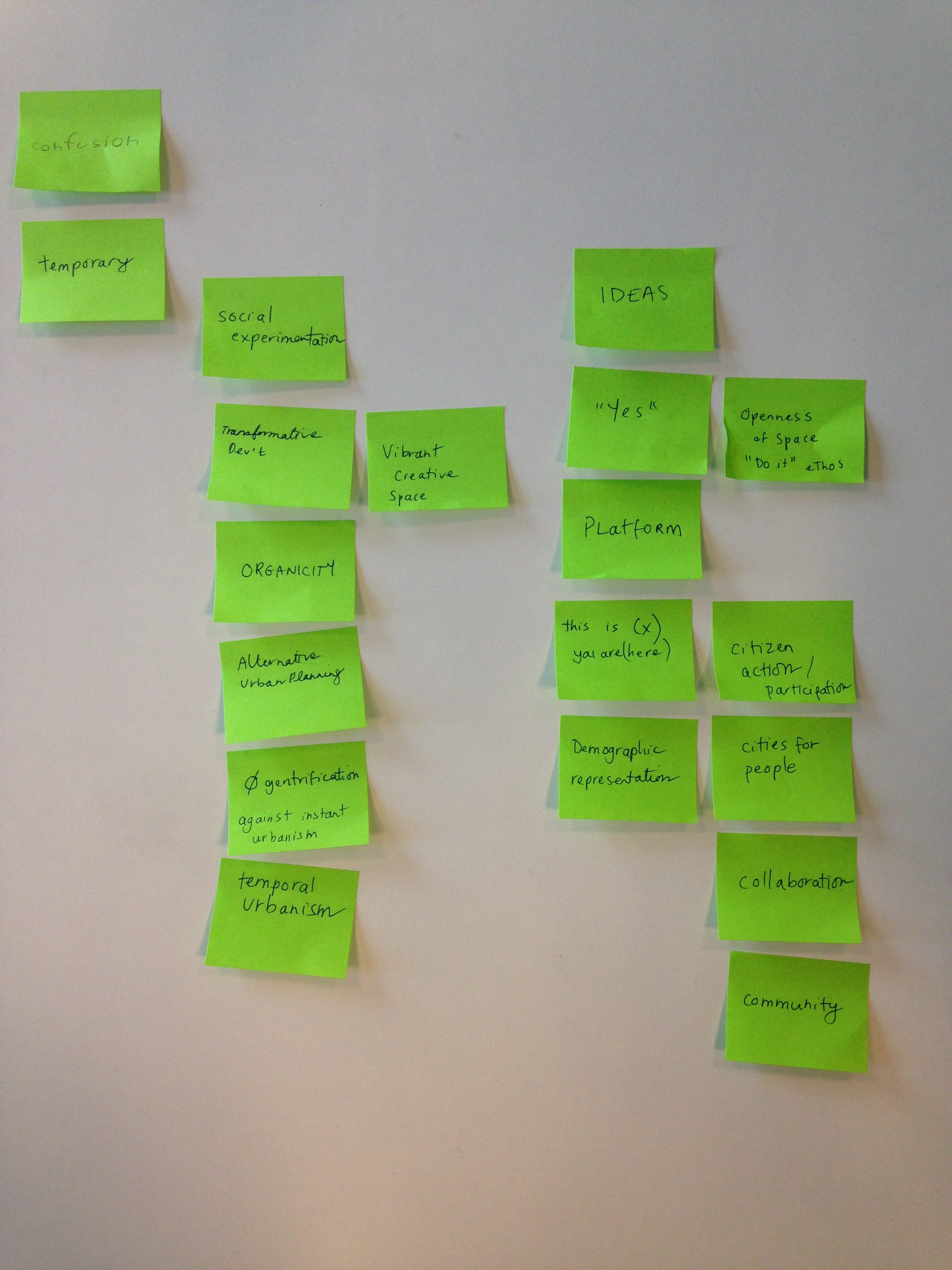Institut for [X]
Brainstorming, layout sketching, mind-maps, research, team meetings, field work, client and user interviews, research, content creation, web development—these are just a few of the tasks my team completed in the race to make a prototype in five days.
I had an opportunity to participate in a GV Design Sprint and practice rapid prototyping for Aarhus-based Institut for [X]. How might we answer critical business questions through design, prototyping, and testing ideas with end-users?
This is what our process looked like:
Monday
we agreed on a long-term goals, set an ambitious yet realistic target, and learned about potential users from Juul Wendell, a project manager at Institut for [X].
Tuesday
we remixed existing ideas, drew on inspirations, and each of us set out to sketch a solution.
Wednesday
we agreed on a long-term goals, set an ambitious yet realistic target, and learned about potential users from Juul Wendell, a project manager at Institut for [X].
Thursday
we prototyped.
Friday
we tested the prototype and learned by watching users interact with our solution.




Defining guiding goals and reframing problems into opportunities helps us narrow our focus.
What
(is Aarhus K?)
How
(will our solution turn this info into a call-to-action?)
Deciding
Making decisions as a team is not always easy, but our product can only be improved by giving every member a voice.
Following structured processes helps us move through quick, good decisions.
1
The Sticky Decision
Each team member reviews sketches in silence and adds sticky notes to the solutions.

2
Structured Critique
Each member weighs in on elements they think should be implemented in the prototype.

3
The Final Call
A nominated decider considers everything that has been said and makes the final call.

Prototyping
It’s intimidating to put a prototype in front of a user- rarely does it ever feel complete before it’s time to be tested. This fifth day of the Design Sprint was a great way to overcome this fear. Why? Because the prototype can only be improved through putting the product in front of customers.



